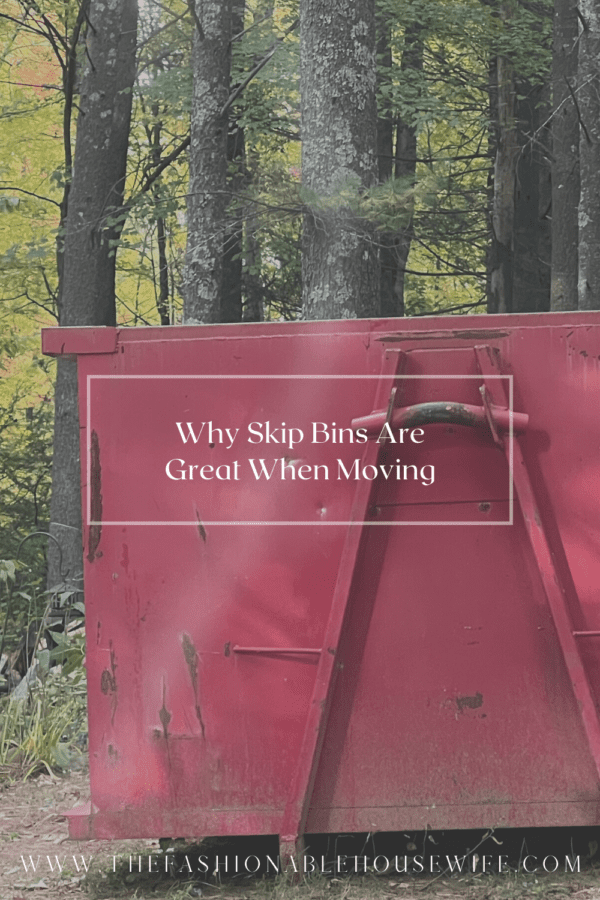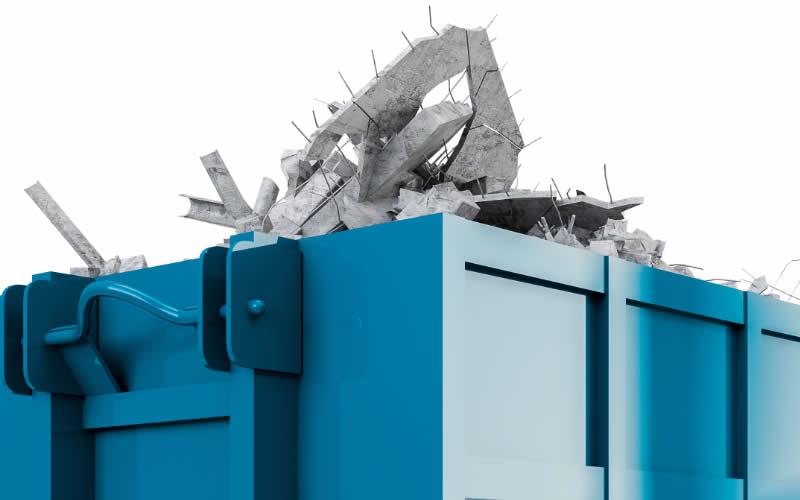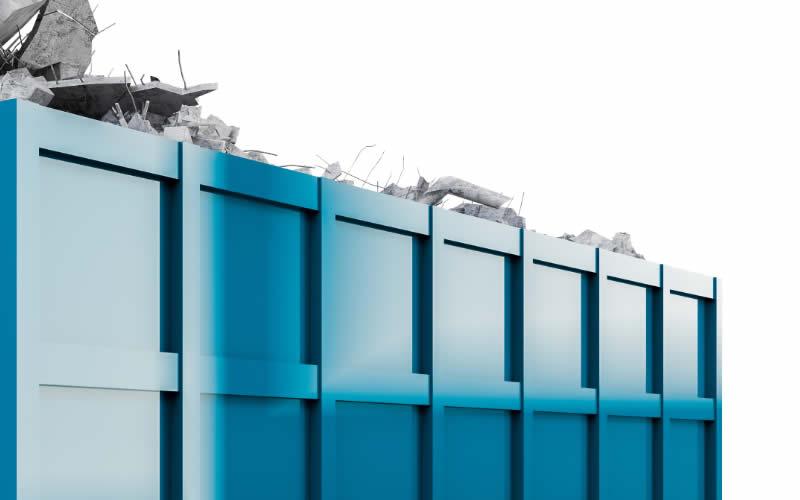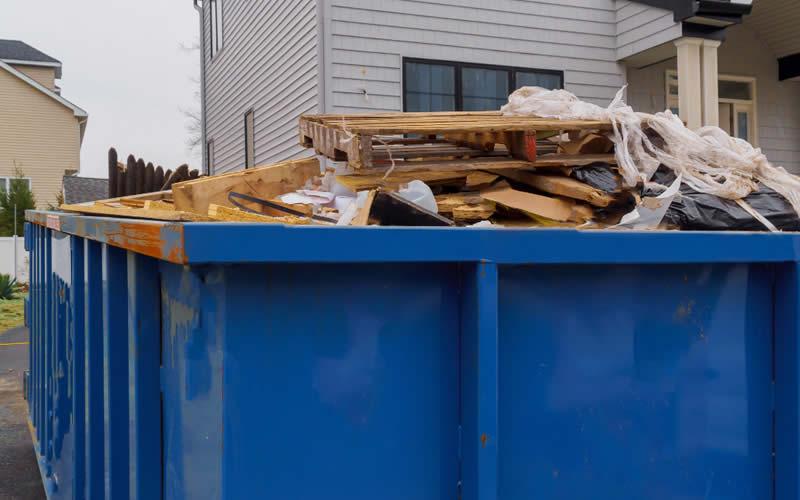
Are you a homeowner who is looking to remodel or spring clean your home? If so, you may need to hire a skip bin to dispose of the unwanted rubbish. However, if you don’t know how to load a bin correctly, you could end up causing damage and costing yourself extra money. In this blog post, a professional from Pro Skip Bins www.proskipbinsbrisbane.com.au will teach you how to properly load a skip bin so that you can avoid any unnecessary headaches. Let’s get started!
Why is it important to load the bin in a specific way?
When you hire a skip, it’s essential to understand how to fill it correctly. Filling the bin too full can cause problems, including damage to the bin and injury to yourself or others. You also want to avoid additional charges for incorrectly or overfilling the bin. Ensure you fill in gaps and air pockets to prevent wasting the space you’re paying for. By filling the container correctly, you’ll ensure that everything goes smoothly, and everyone stays safe.

Schedule your bin drop-off
You can arrange this by contacting the skip bin hire company. Just let them know when and where you would like it, and they will drop it off. The skip bin must be placed in an area that is easily accessible and visible from the street. The bin should not be placed too close to any buildings, trees, fences, or walls, as these could restrict access to the bin. Ask your local council or waste disposal company if you do not know where to put the skip.
Place heavier items in first
Filling a skip bin may seem like a straightforward task, but there are a few things you need to keep in mind to avoid any issues. First, always load heavy items in the bin first. This will help distribute the waste’s weight more evenly and prevent the bin from becoming top-heavy and topping over.
Pack the waste tightly and efficiently
Packing the skip bin efficiently is key to getting the most out of valuable space. Here are a few tips to help you load correctly. As a general rule, pack the flat objects first, this includes flat boxes, timber, and cardboard. Putting the flat items at the bottom will maximize the space you have. Next are the heavy things like furniture and appliances. Then you can load the lighter materials on the top. Break down bulky items like furniture and boxes, so you don’t take up too much space.

Distribute the weight evenly
Break apart those bulky waste pieces into small enough pieces to fit comfortably within the skip bin. You want to ensure that all the waste fits snugly and does not spill out during transit.
Avoid over-filling your skip bin
Overfilling your skip bins can lead to problems such as the bin tipping over, which can cause damage to your property and even injure people who come across the bin. Overfilling also makes it harder to transport the bin because it takes longer to move around. So if you’re planning to use a skip bin, ensure you don’t overload it! This also prevents potential fines.
Load the correct waste type
Waste that can be put into a skip bin includes general waste, construction waste, and green waste.
General waste household furniture, and appliances. Construction waste is anything from building sites or home renovations and includes rubble, bricks, tiles, wood, metal, insulation, and plastic. Green waste has branches, leaves, plants, flowers, grass clippings, hedge trimmings, and tree stumps. Metals include iron pipes, aluminum cans, brass taps, copper wiring, electrical wires, and lead acid batteries.
Recognize prohibited items
Hazardous materials should never be placed in skip bins. Hazardous waste includes asbestos, chemicals, oil, paint, pesticides and more. These materials can be extremely harmful to those who come in contact with them and can also cause damage to the environment.
Select the correct size bin for your needs
When it comes to choosing skip bin sizes, it ultimately depends on the amount of waste or rubbish you have. Typically, skip bins range in size from 2-6 cubic meters. There are also mini skips designed for light household waste and general rubbish removal around the home. The most usual skip bin size is six cubic metres, but they also come in 4, 8, and 12 cubic metre sizes for large commercial waste. A 4 cubic meter skip will carry approximately four trailer loads of rubbish.
Now that you know what types and sizes of skip bins are available, it’s time to work out which one will best suit your needs. If you’re unsure, don’t hesitate to contact a local skip bin hire company for advice.

Conclusion
Loading a skip bin correctly can save you time and money. By packing heavier items first and avoiding over-filling, you can make the most of your skip bin space. Also, make sure only to load hazardous objects if permitted in your area, and choose the correct bin size for your needs. These tips will help you get the most out of your next skip bin rental.



